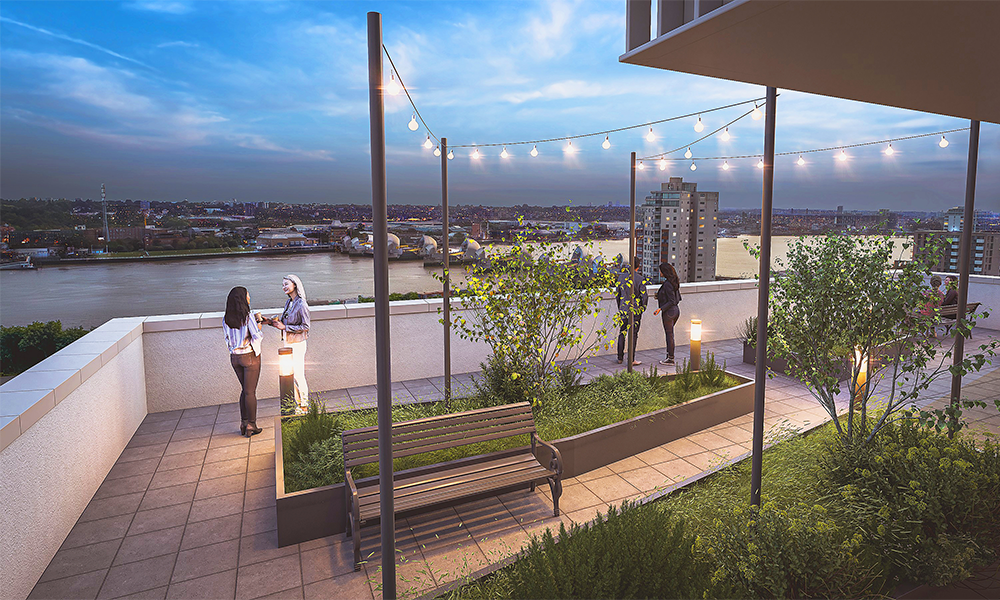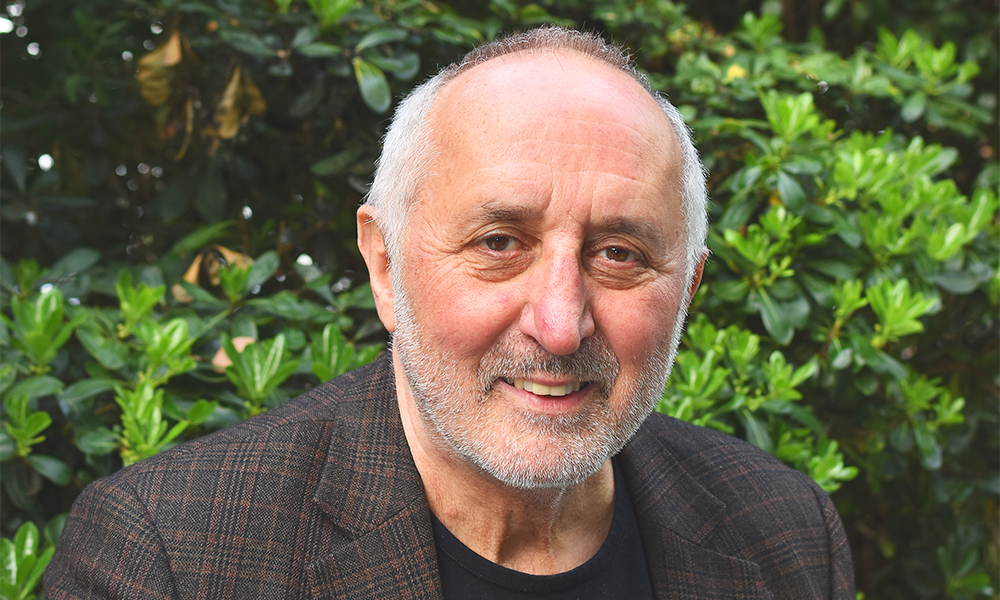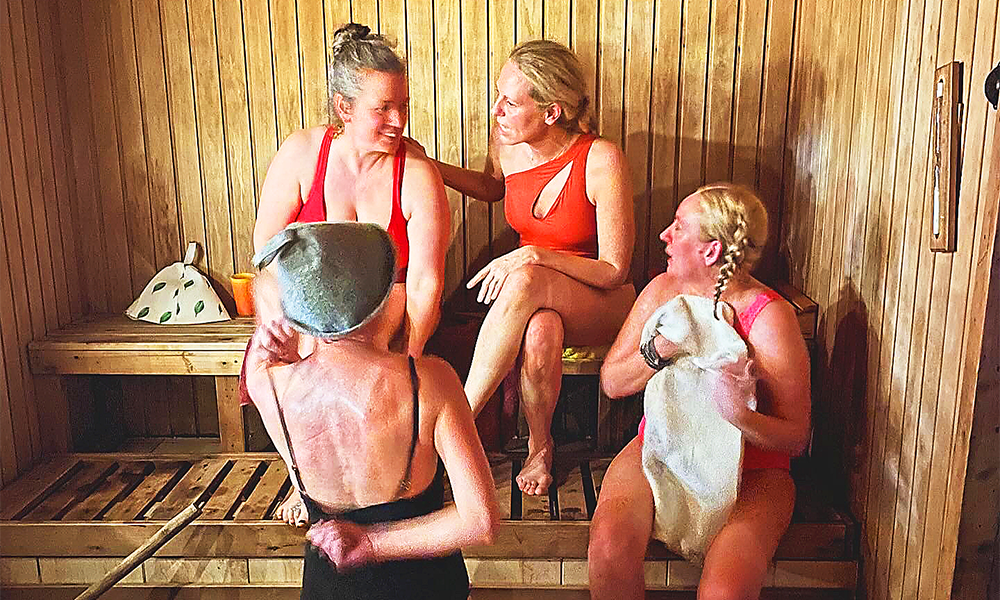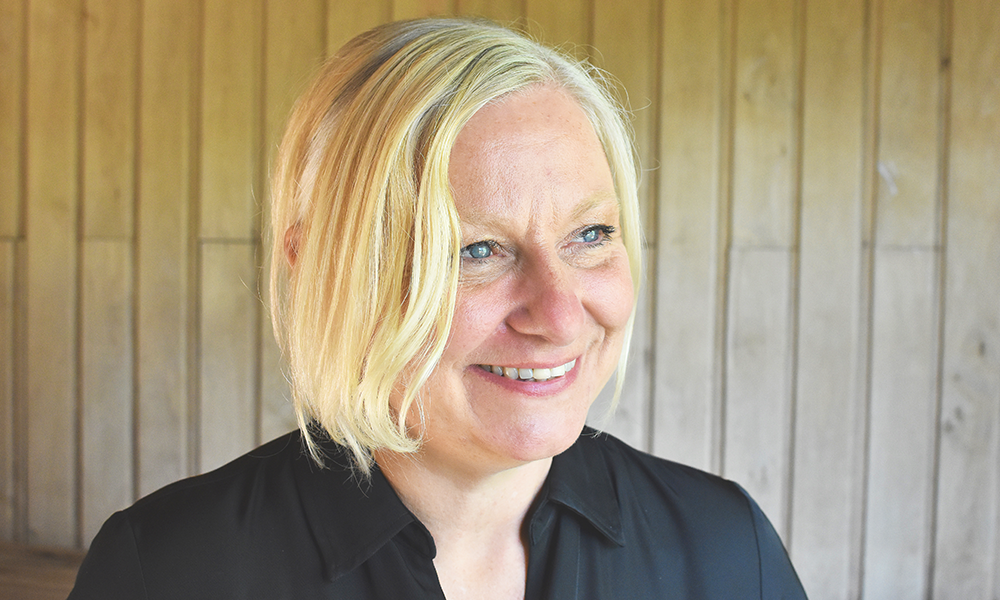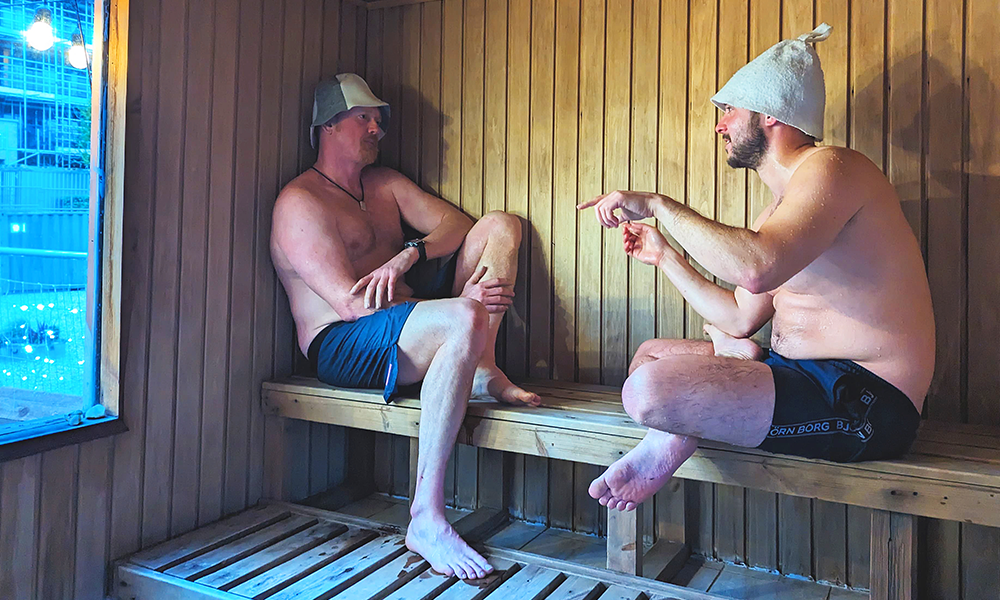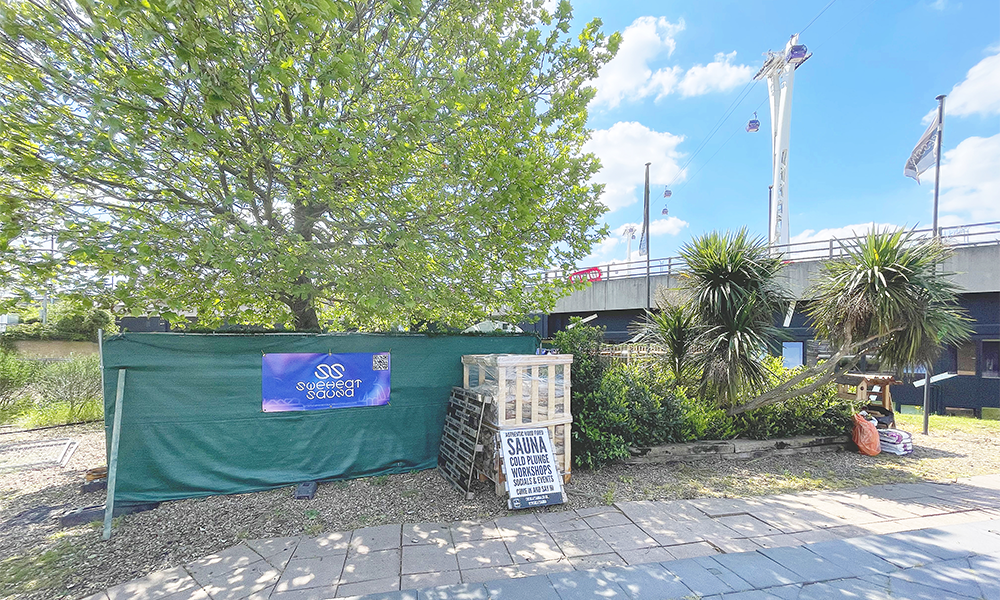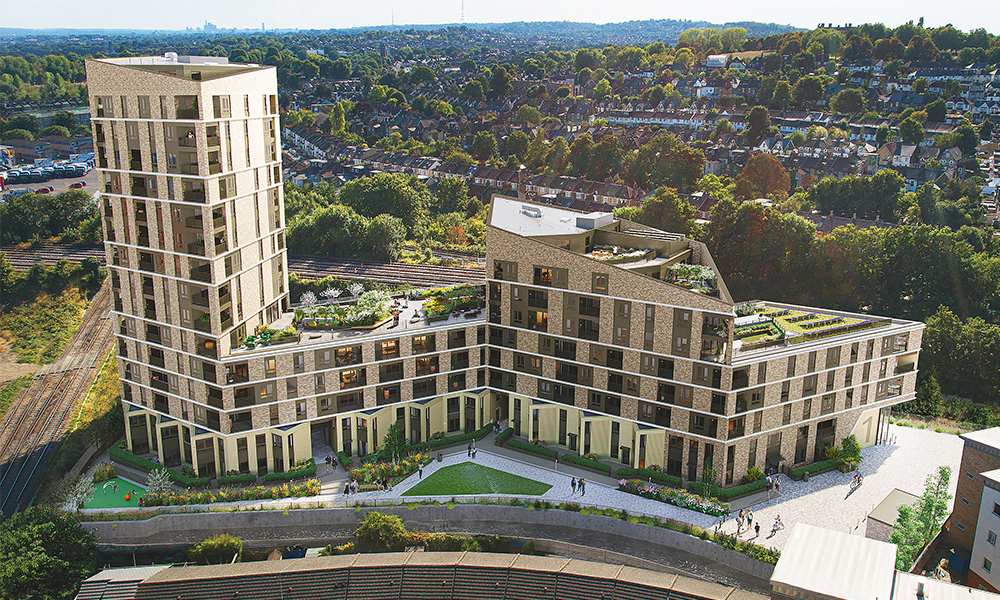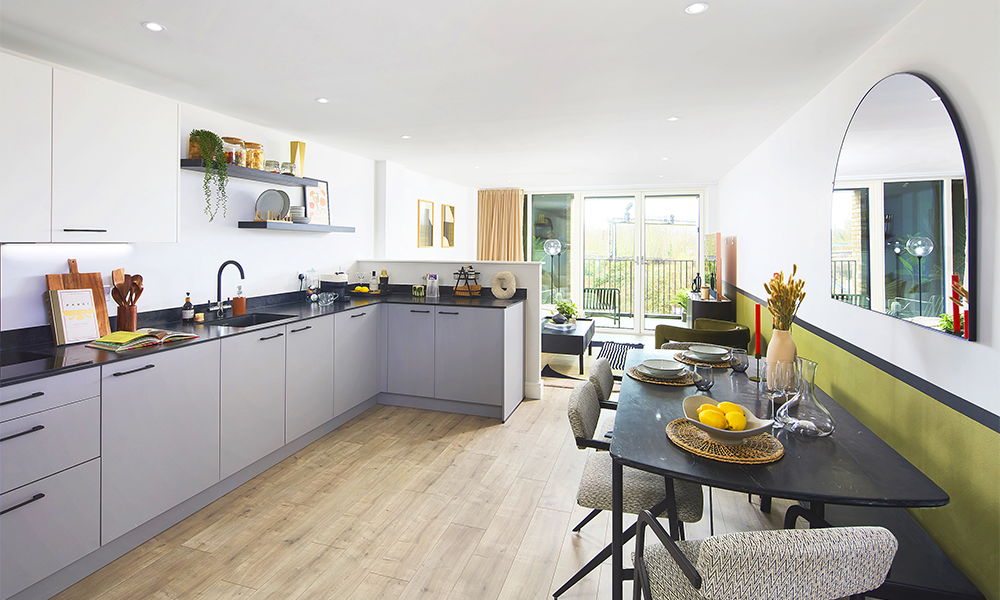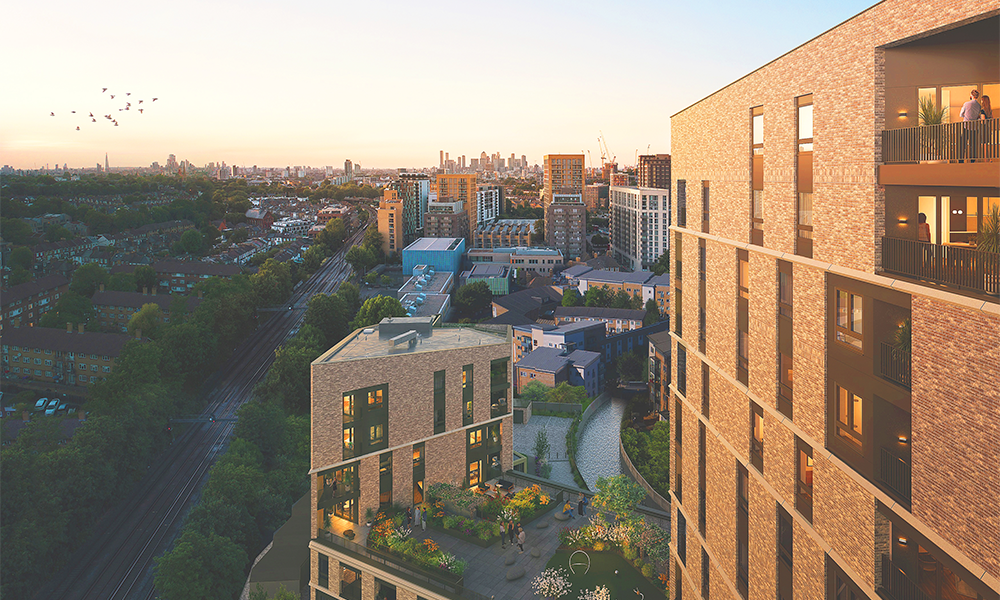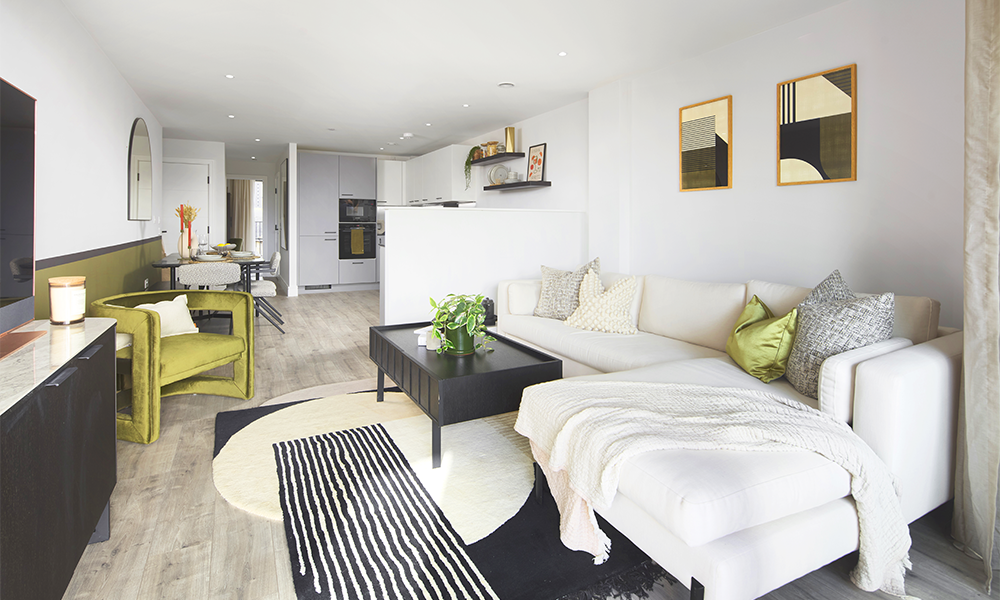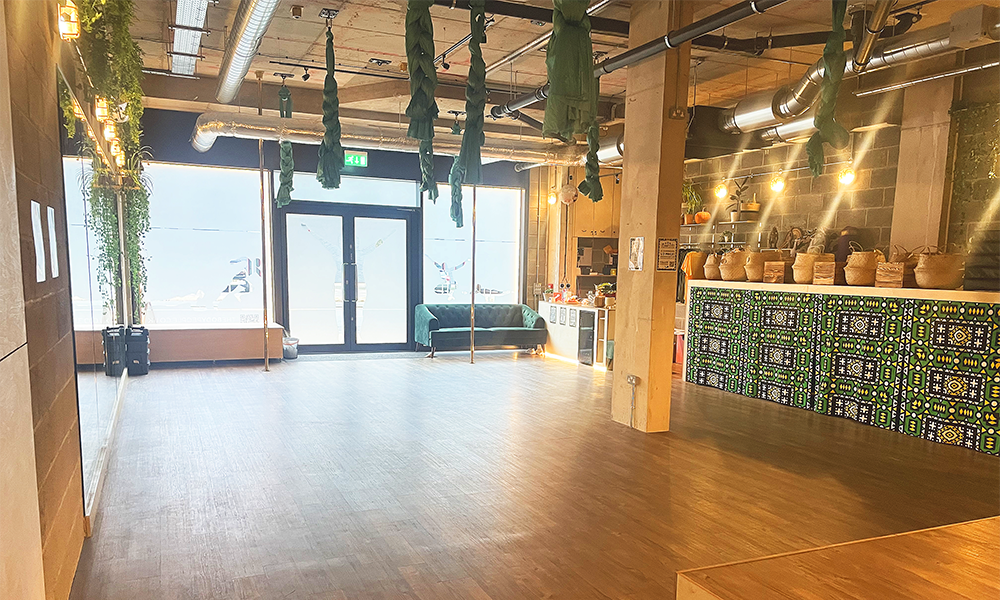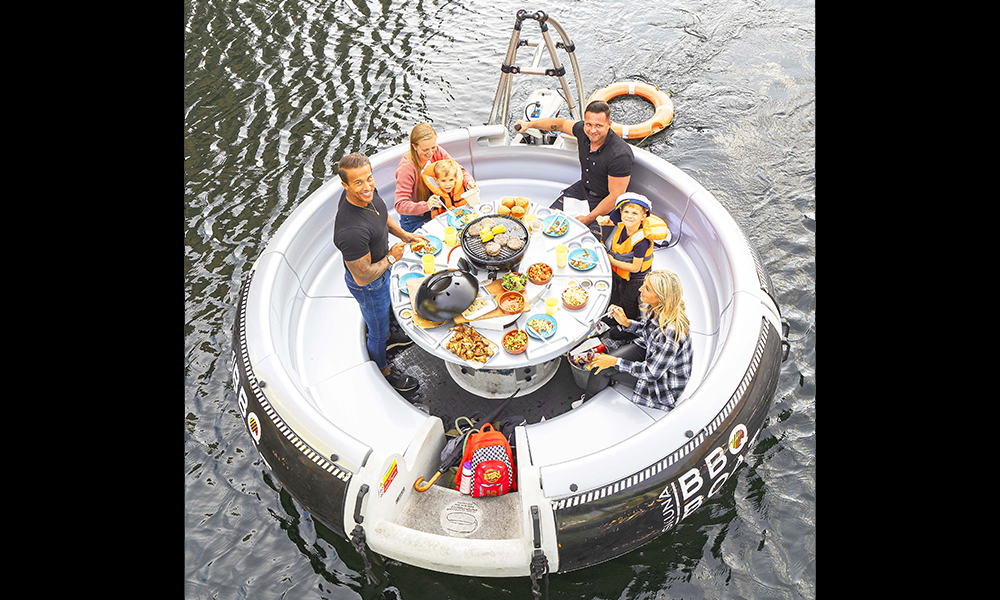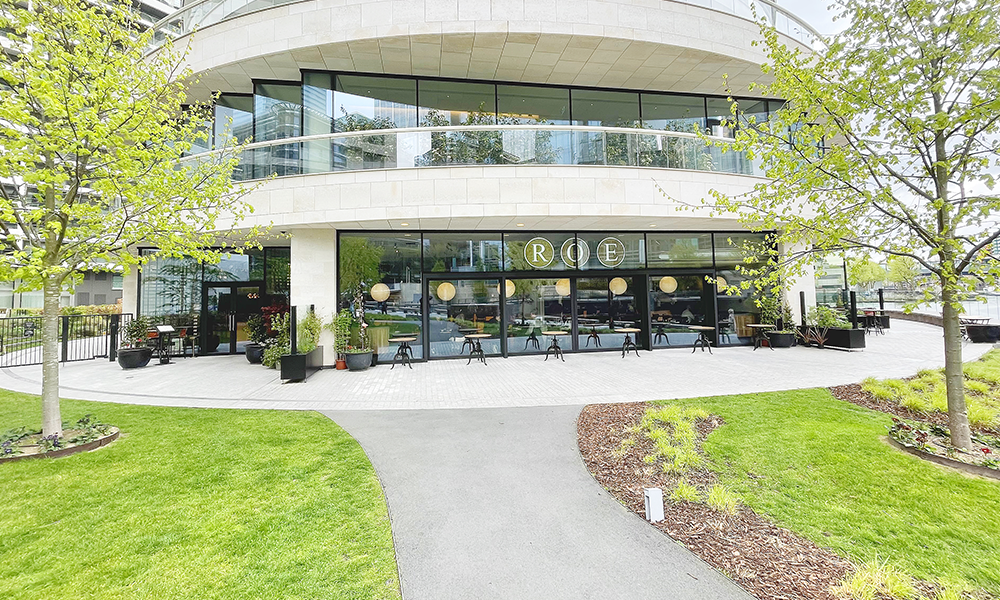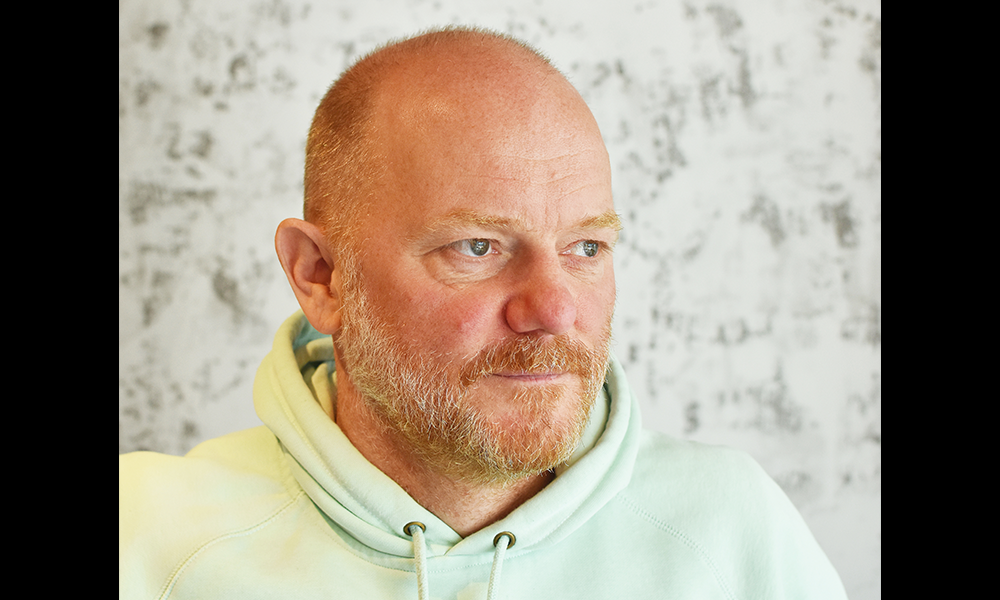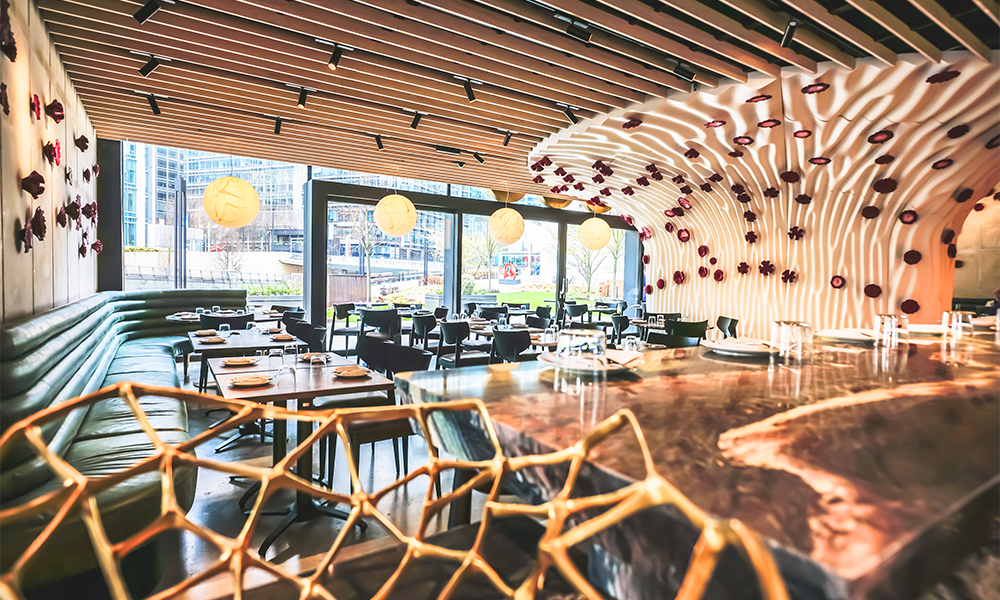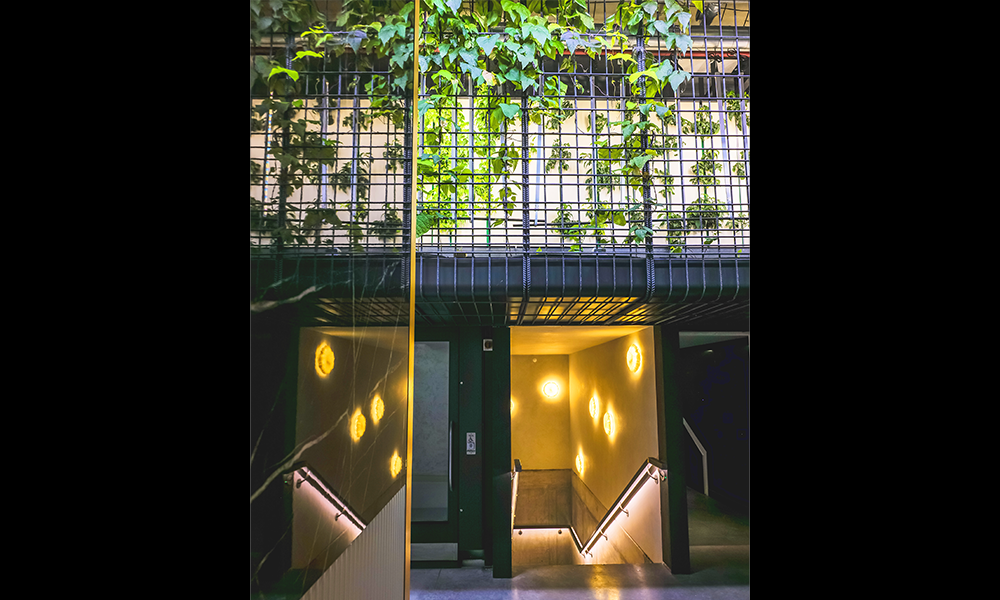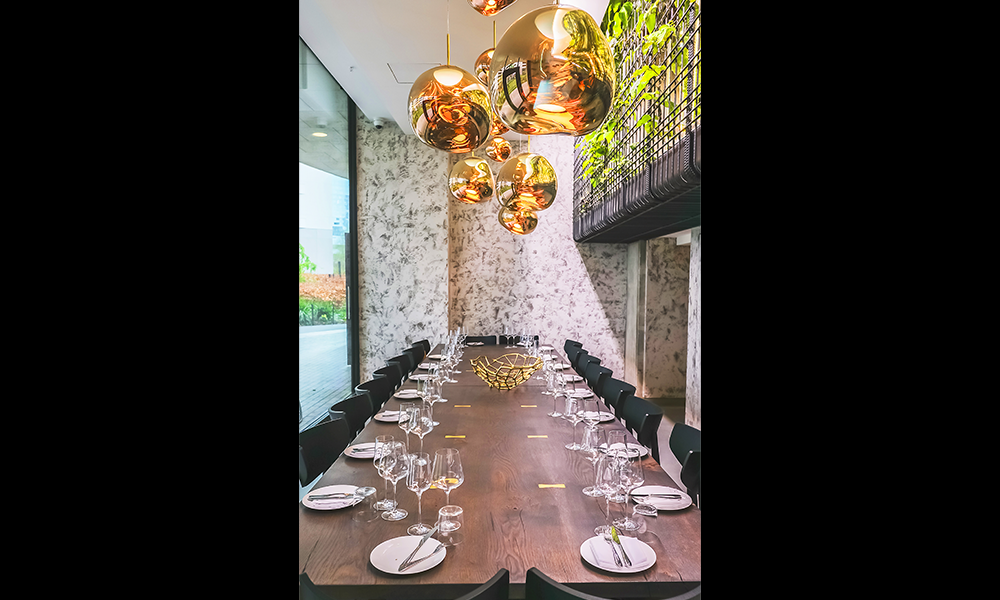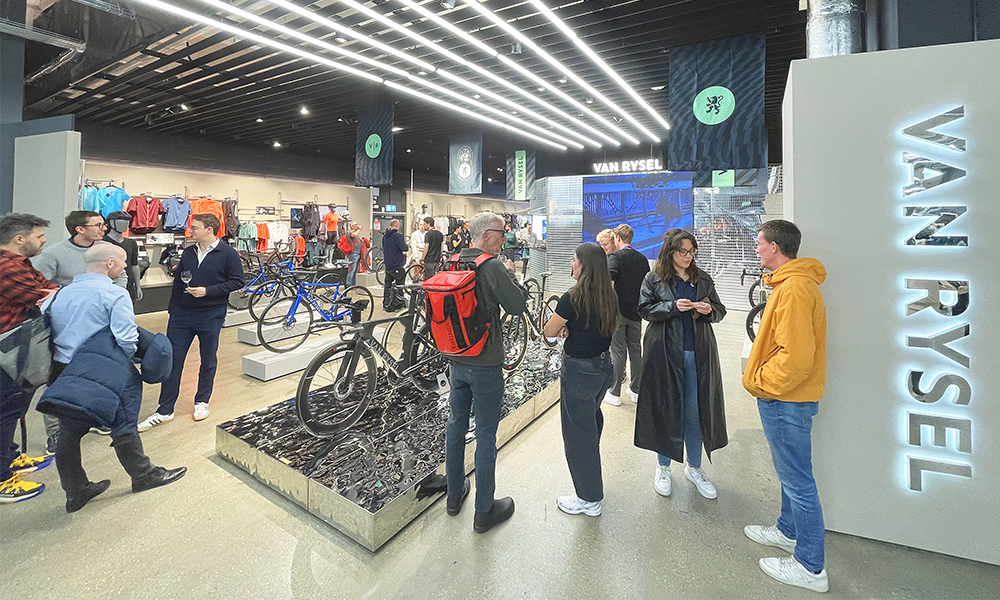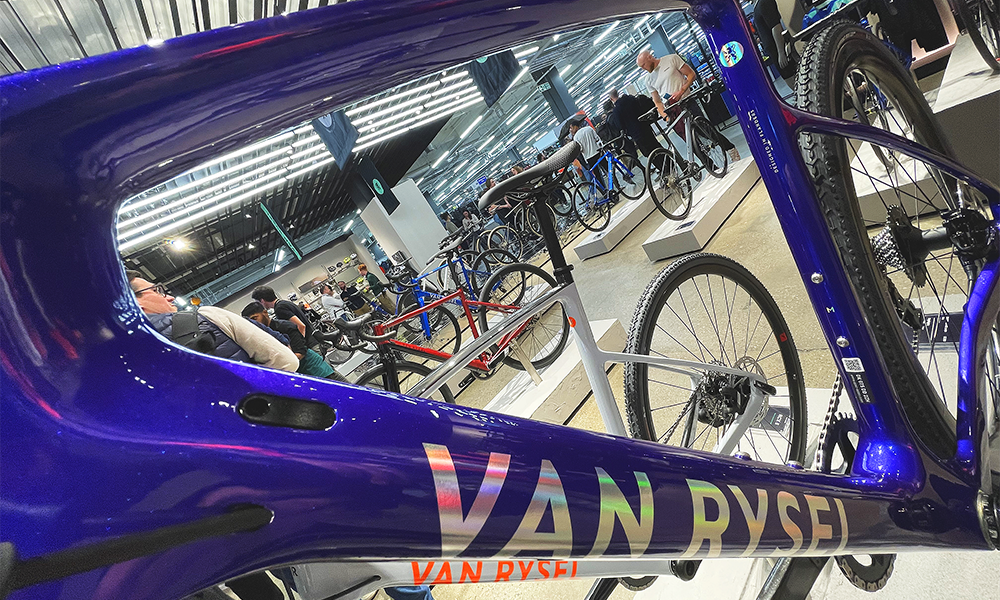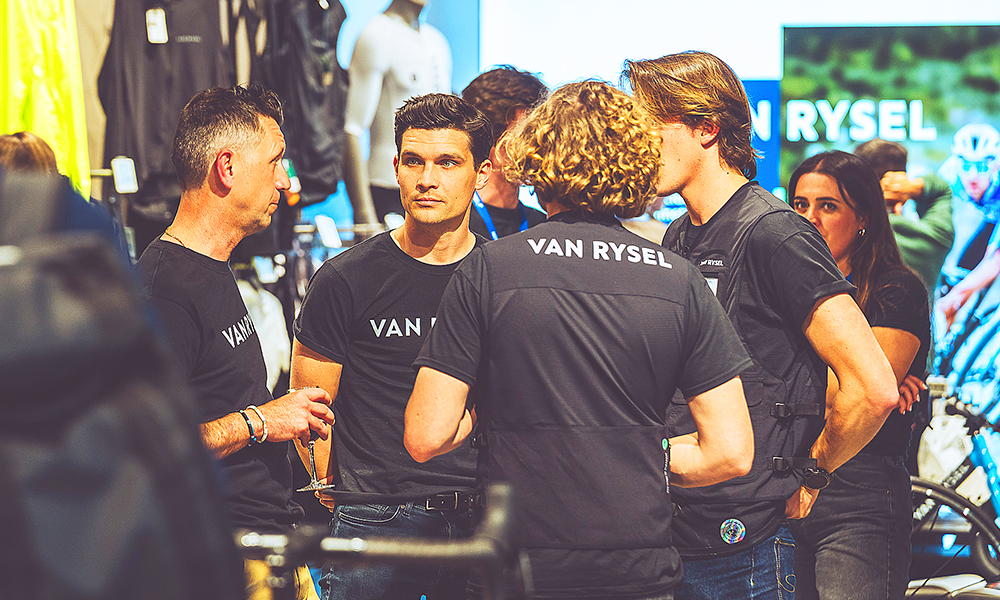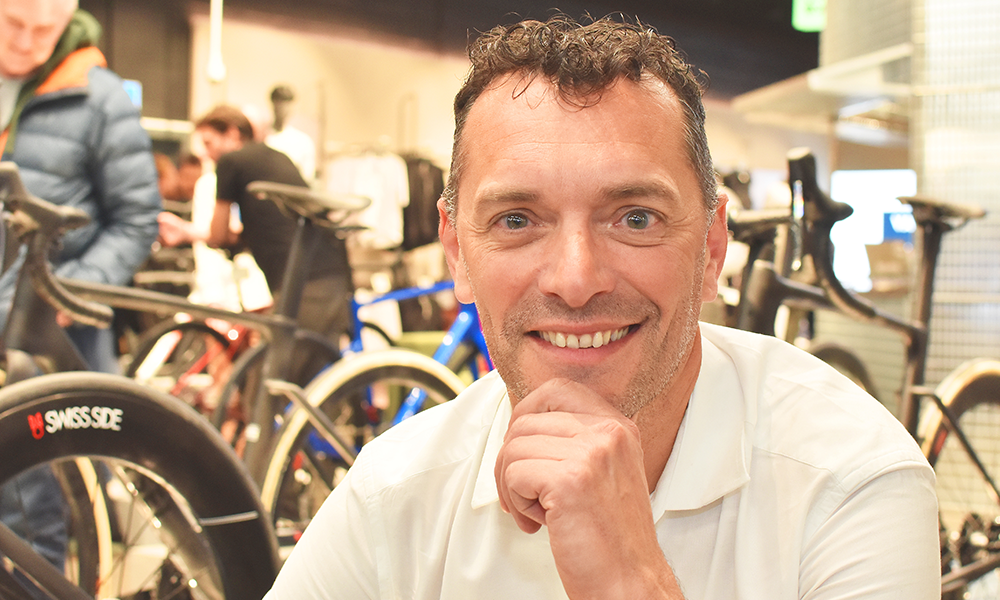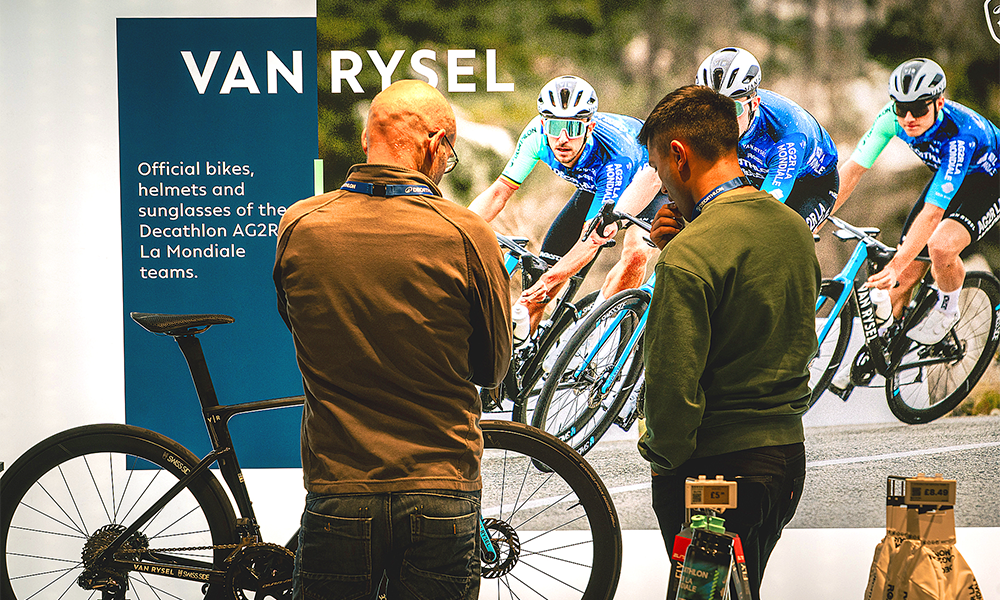Virtual reality experience sees guests transported back in time to meet exotic creatures of the past

Subscribe to our free Wharf Whispers newsletter here
Eclipso has unveiled Life Chronicles, the latest virtual reality presentation to arrive at its Westfield Stratford City facility.
The experience is a collaboration with content producer Excurio and the Museum D’Histoire Naturelle of France, takes visitors on a time-travelling romp from the first creatures in the primordial soup to the emergence of early humans.
It’s the second immersive experience to play at the east London facility and is now running concurrently with pyramid exploration adventure Horizon Of Khufu.
Lasting 45 minutes, Life Chronicles sees participants don VR headsets to pursue a robot guide called Darwin and scientist Charlie as they travel through 3.5billion years of evolution on a quest to return to the present.
Along the way they both offer snippets of information about the environments and some of the animals encountered.
While the story is linear in nature – a quest to recover lost pieces of tech – the various places presented can be explored freely by visitors, who can get up close with a range of sharply rendered digital flora and fauna.
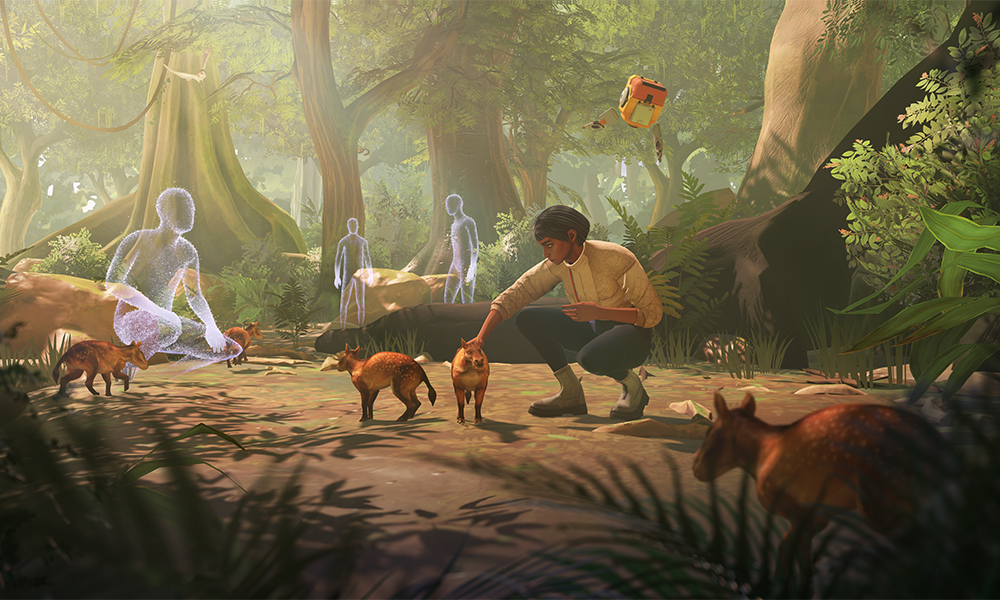
excited by Eclipso Life Chronicles
“We’ve been super excited about this content coming to London,” said venue director and UK spokesperson for Eclipso Karl Blake-Garcia.
“It’s been a year in the making and it’s a topic that people may not have revisited since they were at school.
“What we find, especially with adults who bring their children, is that they fall in love with the subject all over again.
“What we wanted to do was present these environments so people can have those moments of nostalgia while learning about evolution and dinosaurs when seeing them as if they were standing right there.
“It’s an incredible experience and there’s nowhere else you can do something like this.
“While the most popular part of the experience is probably the Jurassic era, the more obscure moments in Earth’s history are also really appealing to a lot of people because not everybody knows about them.
“Personally, I love entertainment that gives me that ‘wow’ reaction.

finding a favourite
“My favourite part of Life Chronicles is probably walking on the edge of a cliff just after encountering some prehistoric dwarf elephants – that’s very cool.
“But I also love being under the sea and seeing the ancient aquatic life in the oceans swimming past.
“No matter what you’re interested in, there are things that will resonate.
“The experience covers plant and animal life as well as early human history and it’s very important, because the Earth’s past is a really big part of who we are today and why we are the way we are.
“The biggest joy we get at Eclipso is seeing the raw, unfiltered emotion from people leaving the experience.
“With our Egyptian experience, I’ve seen people come out in tears of joy because they’ve got to experience the pyramids.
“VR is like magic – I love that Eclipso is able to create these really beautiful moments for people – it’s touching and amazing to think that all they are doing in reality is walking around an empty space that has some black and white stickers on the wall.
“I can’t wait to see what the reaction will be to Life Chronicles as we see more and more people join us for the experience.”

accessibility at Eclipso Life Chronicles
Eclipso’s VR jaunts are suitable for a wide range of participants including children – although those visiting will need to be able to stand and walk for 45 minutes without a break.
While in the virtual landscape, participants see people in their group as named ghostly outlines, while participants in other groups simply appear as anonymous human shapes (so visitors can avoid bumping into each other).
Real walls appear as bright red grids to prevent the immersed from bumping into them.

tried and tested
While significant efforts have been made to ensure the info imparted by Charlie and robot cube and time travel device Darwin, is historically accurate, the attraction of Life Chronicles is really in its visual chutzpah.
There’s some sort of plot that means it’s necessary to collect techy orbs, strewn throughout our evolutionary past, but the joy is more in the journey, than the destination.
With VR goggles on, a wonderful, if somewhat stylised carousel of worlds unfolds as we ride a trilobite, narrowly miss a collision with an Icthyosaur and get caught in a Mexican stand-off between T-Rex parents and a group of Triceratops.
But as each new location pops into view, there’s an irresistible temptation to simply kneel down and fixate on the subtle textures employed to render a tiny insect or the feathers on a parrot.
While there’s a spot of video game gimmickry as we shrink, grow and fly on imaginary platforms, the real magic comes in simply seeing extinct animals wander out of the undergrowth.
It’s as close as the current tech will currently allow to that burst of excitement when one encounters a real wild animal.
The only frustration I felt was that I couldn’t pick up a tiny prehistoric horse and bring him home – maybe that’s the 4.0 iteration.

need to know
Life Chronicles is currently running at the Eclipso Center at Westfield Stratford City.
The facility is open from 9am at weekends and from 11am on weekdays. Adult tickets start at £21 with tickets for under-18s and concessions costing £18
Find our more about the experience here
Read more: How The Body People brings movement to East Wick And Sweetwater
Read Wharf Life’s e-edition here
Subscribe to our free Wharf Whispers newsletter here
- Jon Massey is co-founder and editorial director of Wharf Life and writes about a wide range of subjects in Canary Wharf, Docklands and east London - contact via jon.massey@wharf-life.com





